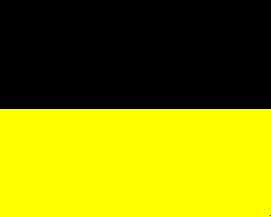


An initial report was wired to Vienna two days later, finding no evidence of complicity by the Serbian government, based solely on what few documents and witnesses he was able to examine; however, Wiesner was not through with his investigation. He released the so-called “Wiesner-Dokument” on 13 July, about two weeks before the ultimatum to Belgrade was sent. For the so-called “war party” led by Graf Leopold Berchtold, his conclusions were sufficient to realise war against Serbia.
Critics of war, however, latched onto a single sentence in Wiesner’s conclusion, namely, that “There is nothing to indicate that the Serbian government knew about the plot.” [Mitwissenschaft serbischer Regierung an der Leitung des Attentats oder dessen Vorbereitung und Beistellung der Waffen durch nichts erwiesen oder auch nur zu vermuten.]
In fact, throughout the war and much later, Wiesner’s statement was reproduced over and over to illustrate Vienna’s determination to destroy Serbia on the flimsiest evidence and plunge the whole world into war in the process. However, the sentence is always reproduced incomplete; that is, in half. Wiesner stated that there was nothing to indicate that the Serbian government knew about the plot but there is much more evidence to be examined. [Es bestehen vielmehr Anhaltspunkte, dies als ausgeschlossen anzusehen.]
In his report, Wiesner pointed out that Milan Ciganovic, a Bosnian Serb, working as a railroad official in Serbia, had assisted in bringing the armed assassins into Bosnia; the role of Vojislav Tankosic in providing weapons from the Kraguljevac armory and training to the assassins was also examined, as was the assistance provided to the conspirators by border guards at Sabac and Serb peasants who volunteered their houses to shelter the conspirators and hide their weapons.
Wiesner accused the mostly propagandist Narodna Odbrana of masterminding the event, rather than the “Black Hand” organisation, which was mostly a lower class terror movement. Narodna Odbrana had many members of the Serbian military as members, including Apis, Colonel Dragutin Dmitrijevic, who supplied the logistics and gave orders to the Black Hand members who traveled to Kraguljevac for weapons and training. However, this information was learned during the trial of the conspirators, after Wiesner’s work was finished and the war had already begun.
After the end of the war, Wiesner was the leading proponent of a Habsburg restoration in Austria. Most of the rumours in the mid-1930s about an impending royal putsch by exiled Crown Prince Otto was coming from Wiesner and his supporters. Also, he helped inspire numerous romantic novels on the late Habsburg period, as well as memoires from certain officials of the time, all aimed at bringing public opinion toward the idea of restoration. This riled not only the nazis but especially Czechoslovakian, and Eduard Benes was actually considering a preemptive invasion of Austria in 1936 to prevent this nonexistent Habsburg restoration.
Friedrich Wiesner died in Vienna on 5 November 1951.
GWS, 9/03
